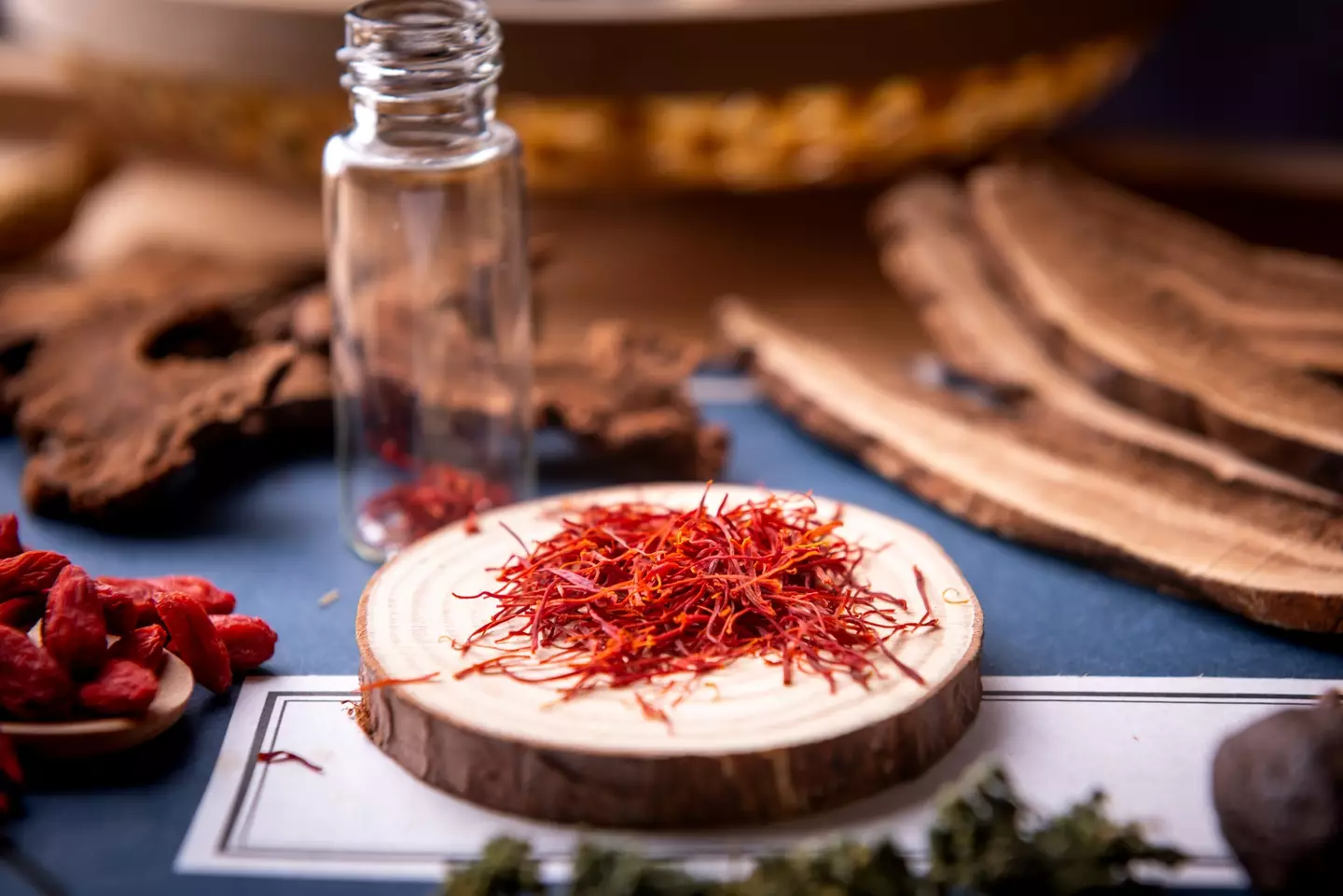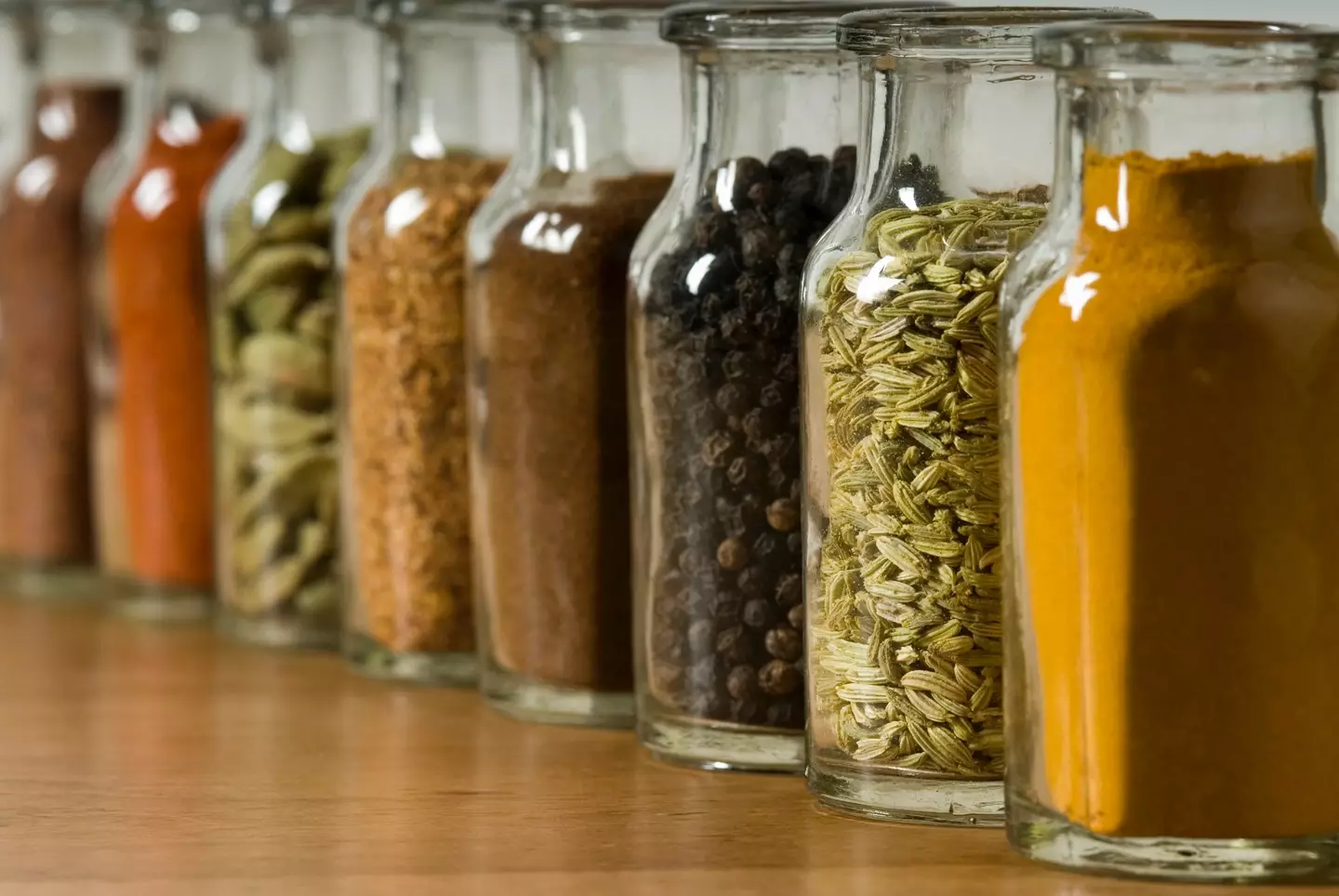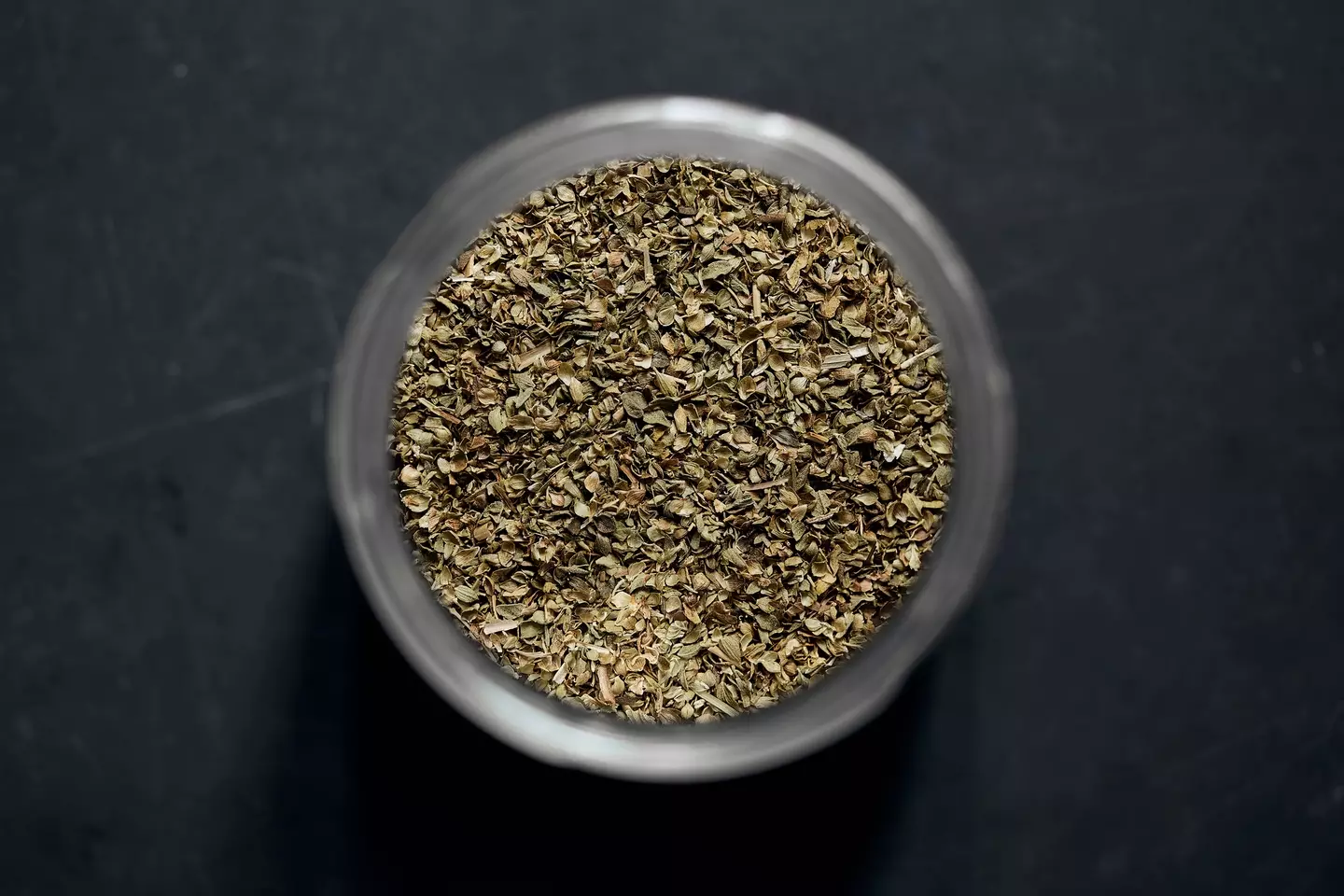
Herbs and spices are the secret weapons of in-the-know chefs, and having a broad stable of them along with a good understanding of different pairings can really bring your cooking to life.
However, you ought to take caution whilst shopping for spices, as there are some no good bootleggers out there fashioning fake ones that not only taste like imitations but may also pose a health risk.
Similar to how a drug dealer might cut various white powders with salt, detergent and talcum powder, dodgy spice sellers cut their products with non-specified ingredients to bulk out their weights and maximise their profits.

Advert
According to the Food Standards Agency, 13% of spices sold the UK contain unspecified ingredients. Of course, the additives depend on the spice or herb as they’ll need to be difficult to distinguish from the real thing, but they could be anything from leaves to synthetic fibres, insect parts and even mould.
In fact, a study conducted a couple of years ago by the Food Standards Agency - which delved into a number of 'suspicious samples' - discovered that around 13% of spices sold in the UK contained unlisted ingredients mixed in. This could be anything from leaves to more sinister things such as synthetic fibres, insect fragments and, in extreme cases, mould.
So, which spices are most likely to be cut with God-knows-what, and what should you look out for? A report from the MailOnline laid out the seven requiring the most caution.
Let’s get into it.
Saffron
First up is the aromatic saffron, made from dried saffron crocus flower stems. It’s difficult to produce, hence its relatively steep price, inspiring frauds to cut it with things like red dye, cotton threads and corn husk silk.
Black pepper
We might be in for a dry spell where black pepper is concerned, with shortage fears stoked by poor weather in the precious few countries where it’s grown en masse.
Advert
Even in more plentiful peppercorn times, you might be alarmed to know that the European Commission found contaminations in 70 of 421 pepper samples.

Oregano
The Food Standards Agency conducted an investigation which found that as much as 27% of dried oregano failed to meet quality and purity standards.
Advert
Olive leaves were the most common contaminant, and a separate EU study found that as much as 48% of tested samples contained such leaves.
Turmeric
Noted worktop and white t-shirt stainer turmeric is another regularly-polluted spice. Artificial colourings and yellow chalk are among the potential nasties that yours could be cut with.
Cumin
This basis of many a Mexican dish can also be contaminated with other ingredients, with the EU finding 5% of samples contained mustard and even ash traces. As mustard is an allergen, this one is particularly concerning.
Advert

Cinnamon
This sweet spice is notably difficult to come by, with ‘cinnamon’ often being cassia tree bark sold in its place. Cassia cinnamon contains coumarin too, a toxin that can pose health risks when consumed in high doses.
Chilli powder
While chilli powder is relatively easy to produce, it isn’t free of being mixed with stuff you’d rather not ingest. Synthetic dyes may be found in chilli powder, cayenne pepper and paprika, although apparently this is quite uncommon. Instead, those spices may be mixed with powdered tomato skin, sunflower seeds and maize.
